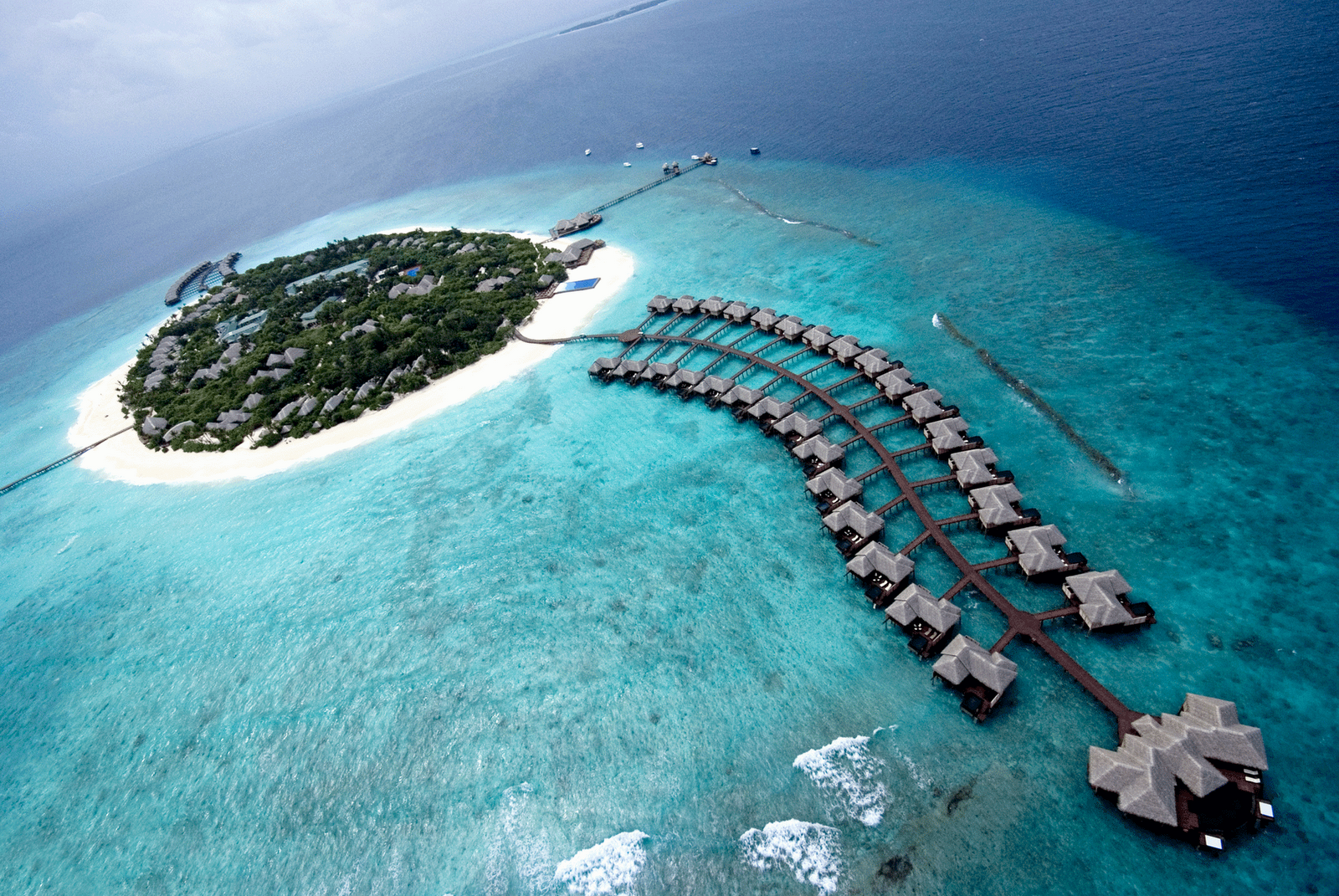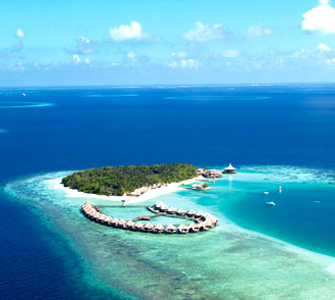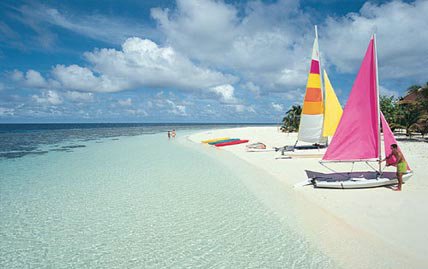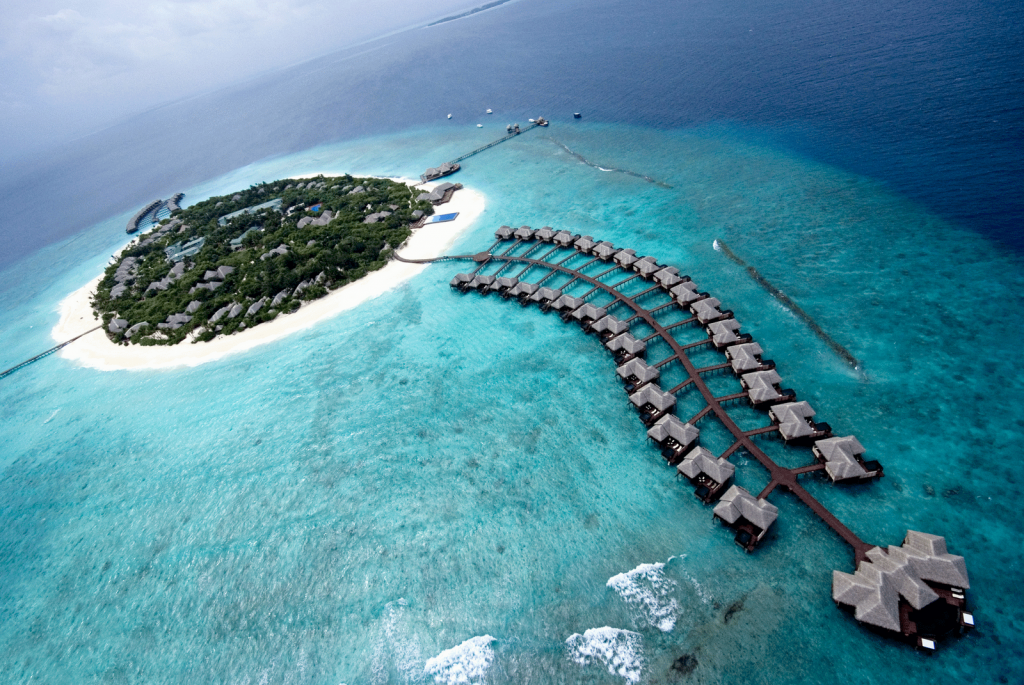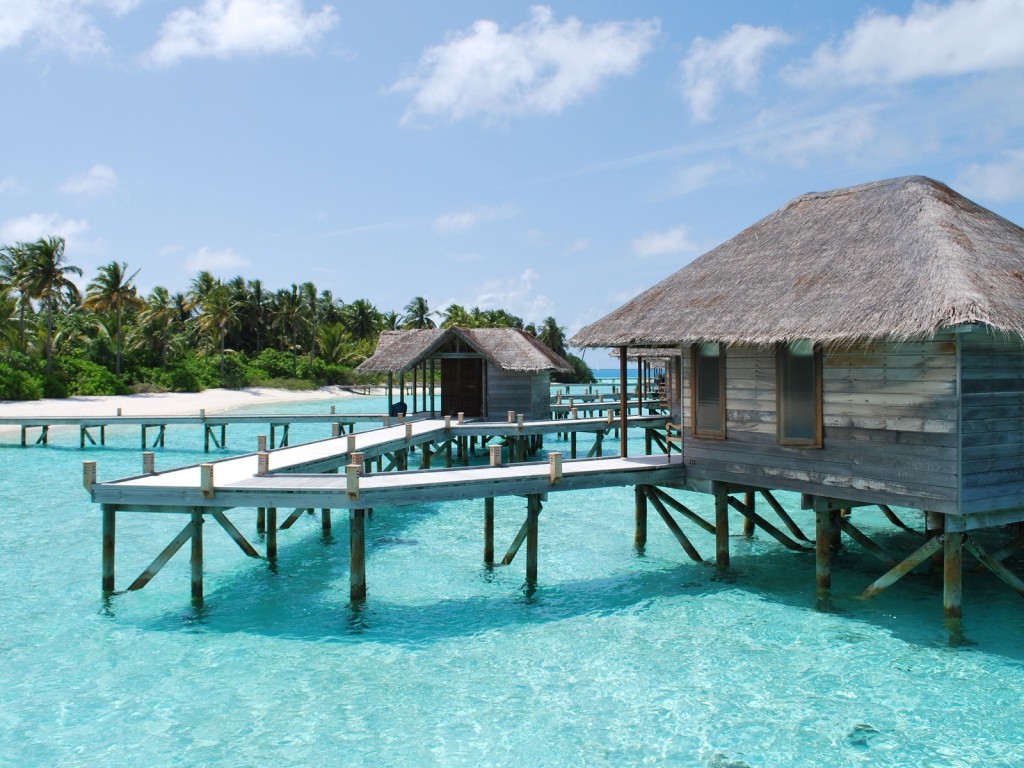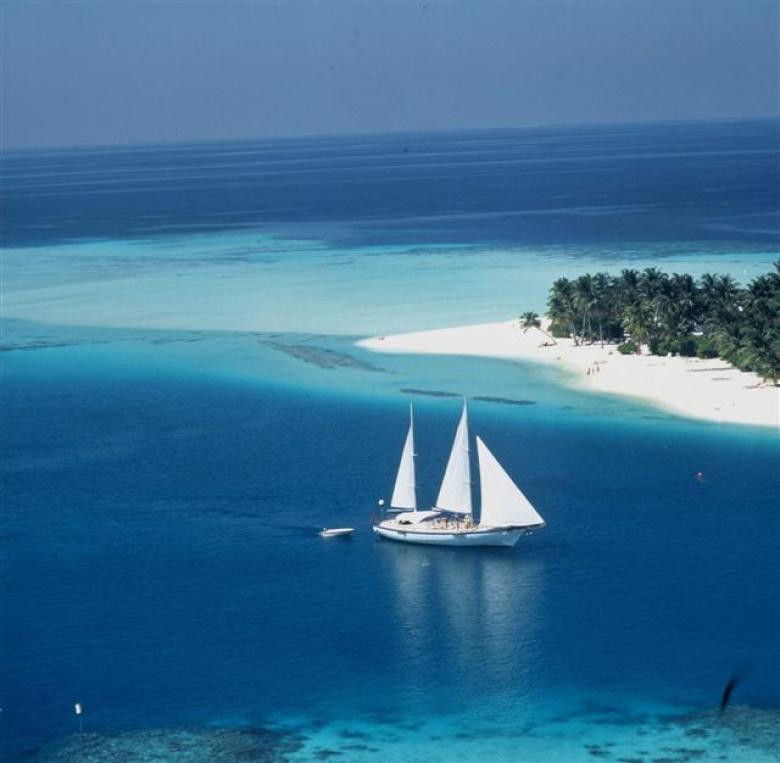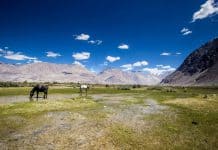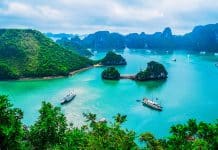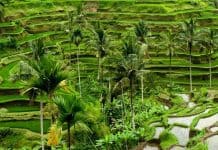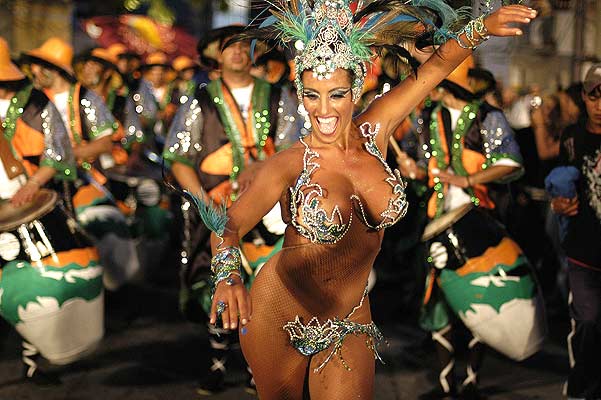Resorts in the Maldives woo tourists with promises of ‘the last paradise on earth’. If your idea of paradise is a pristine, tranquil tropical island with swaying palm trees, pure white beaches and brilliant turquoise lagoons, then the Maldives won’t disappoint.
This group of 1190 coral islands is also a major destination for scuba divers, who come for the fabulous reefs and the wealth of marine life; however, this is not a place for low budget backpackers or amateur anthropologists who want to travel independently and live as the locals do.
Geography
The Maldives is a chain of 26 coral atolls southwest of Sri Lanka, extending across the equator in a north-south strip 754km (468mi) long and 118km (73mi) wide. The 1192 low-lying coral islands are so small that dry land makes up less than 4% of the country’s total territory. Some islands are uninhabited sandbars with a patch of scrub, while others are several kilometers across and covered in palms and tropical scrub.
When to go
If you’re looking for a few extra hours of sunshine then you should visit the Maldives between December and April, which is also the brilliant height of the dry season. However, this is also the main season for tourism – resorts can be fully booked and prices are higher than the rest of the year.The Christmas-New Year period is the busiest and most expensive part of the high season, when many of the all-inclusive package tourists arrive from Europe and America. Between May and November it’s still warm, but the skies can be cloudy, humidity is higher and rain squalls and tropical storms blow in on the southwest monsoon. This is the official low season – prices are lower and there are fewer tourists but some resorts close for annual repairs. The transition months of November and April are said to be associated with increased water clarity and better visibility for divers.
Getting There And Away
Regular flights connect the Maldives to Colombo (Sri Lanka), Thrivandrum (southwest India), Dubai (United Arab Emirates), and Kuala Lumpur (Malaysia), and there are numerous charter flights from European centres in the peak season. Malé International Airport is the only international gateway; departure tax is 12.00 and is included in the ticket price. There are regular cargo ships, but they don’t usually take passengers. The Maldives is not popular with private yachts because the reefs are so hazardous and cruising permits are restrictive and expensive.
Getting Around
Tourism is strictly regulated, and independent travel is discouraged because it is seen as disruptive to traditional island communities. Those wanting to see the Maldivian way of life can visit Malé, the intriguing capital city, and make daytime visits to island communities close to resort islands. It’s not impossible to visit the outer islands, but it’s difficult enough to deter all but the most dedicated and determined. An Inter Atoll Travel Permit is required to visit islands outside the tourist zone, and the Ministry of Atolls Administration will only issue them to those whose visit is sponsored by a resident of the island concerned. Even charities working in the country after the 2004 tsunami were unable to get around this rule.
Visas
Visas are required for most nationalities, but are free and can be obtained on arrival for a maximum stay of 30 days.
Activities
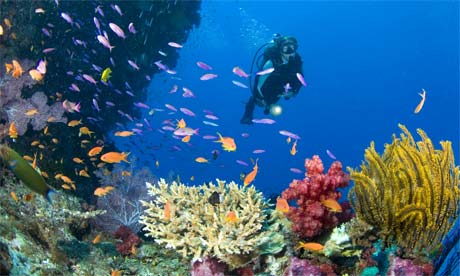 Scuba diving is the main attraction in the Maldives, and it’s estimated that over 60% of visitors dive at least once. There are hundreds of recognised and named dive sites, many of which are accessible from resorts – the rest can be reached by boat on diving safari trips.
Scuba diving is the main attraction in the Maldives, and it’s estimated that over 60% of visitors dive at least once. There are hundreds of recognised and named dive sites, many of which are accessible from resorts – the rest can be reached by boat on diving safari trips.
What to see?
Wreck of the Maldive Victory
This is an impressive and challenging dive because of the potential for strong currents. This cargo ship hit a reef and sank in 1981 and now sits with the wheelhouse at around 15m (49ft) and the propeller at 35m (115ft). The ship’s structure is almost intact and provides a home for a rich growth of new coral, sponges, tubastrea and large schools of fish.
National Museum
Many of the National Museum’s exhibits are things once owned by local sultans. Some of the fabrics are beautiful, especially the rich brocades. Weapons include bonthi sticks, which were used in martial arts. Especially interesting are the pre-Islamic stone carvings collected by Thor Heyerdahl and others from sites all over the country.
Fish Head
Also called Mushimasmingali Thila, this is one of the world’s most famous dive sites. Its steep sides are spectacular, with multi-level ledges, overhangs and caves supporting sea fans, anemones and black corals. The fish life includes fusiliers, large Napoleons and schools of hungry barracuda. The main attraction, however, is the numerous grey reef sharks.
Banana Reef
This protected marine area has a bit of everything: dramatic cliffs, caves and overhangs; brilliant coral growths; big predators such as sharks, barracuda and groper; and prolific reef fish including jackfish, morays and bluestriped snapper. It was one of the first Maldives dive sites to become internationally known. The reeftop is excellent for snorkelling.
Hukuru Miskiiy (Old Friday Mosque)
Hukuru Miskiiy is the oldest mosque in the country, dating from 1656. The exterior is protected by a corrugated-iron covering which doesn’t look very attractive, but the coral-stone walls are intricately carved with patterns and Arabic script. The interior is superb and famed for its fine lacquer work and elaborate woodcarvings.
Money and Costs
Currency Rufiyaa (Rf)
Sample Price Guide
- public toilet useage fee Rf2.00
- internet access per half hour Rf100.00
- postcard and stamp Rf23.00
- local price item Rf35.00
Average Room Cost
- Low Rf US$30-160
- Mid Rf US$160-500
- High Rf US$500-800
- Deluxe Rf US$800+
Average Meal Cost
- Low Rf7-12
- Mid Rf 12-25
- High Rf 25-65
- Deluxe Rf 65+


